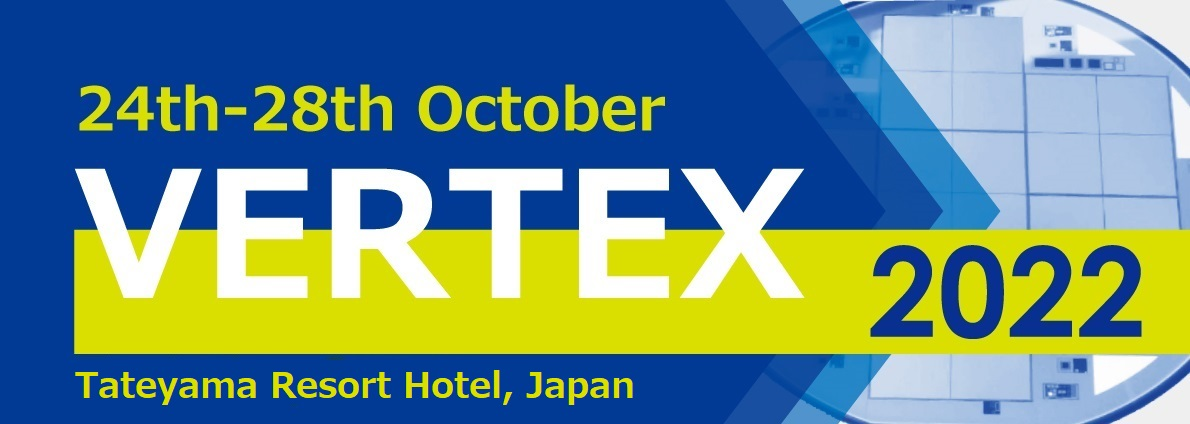Speaker
Description
The ALICE Inner Tracking System has been recently upgraded to a new version (ITS2), which is entirely based on Monolithic Active Pixel Sensors (MAPS). For a future upgraded tracker, the ITS3, it is intended to replace the three innermost layers of the current ITS2 to further improve its position resolution. The proposed design features wafer-scale, ultra-thin, truly cylindrical MAPS. In order to benefit from the smaller feature size and the larger available wafers, the foreseen sensors are planned to be produced in 65 nm CMOS technology.
An extensive R&D programme is established in order to qualify this technology for the application in MAPS. As one of the first steps towards a new pixel sensor, a Digital Pixel Test Structure (DPTS) has been designed and produced. Several of these prototypes are characterized in laboratory measurements and beam test campaigns at DESY and CERN. Furthermore, a subset of them has been neutron irradiated to different levels ranging from $10^{13}$ to $10^{16}$ 1 MeV $\mathrm{n}_{\mathrm{eq}}/\mathrm{cm}^2$ in order to study effects of radiation damage on the sensor performance.
Results from the sensor characterisation are presented focussing on detection efficiency and position resolution. The outcome of these studies is encouraging for the application of the 65 nm CMOS technology in future MAPS-based detectors.
| contact person e-mail | pascal.becht@cern.ch |
|---|
